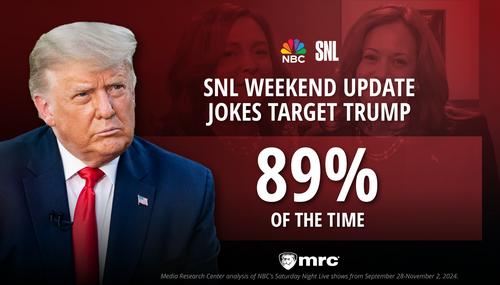What they say:
Will the Gulf Coast Fish Again?
Katrina's Public Health Effects Still Unknown
TOXIC GUMBO: Katrina's Environmental Legacy
Cover-up: toxic waters 'will make New Orleans unsafe for a decade' : EPA
Don’t go in the water: Katrina’s toxic legacy
Katrina's Next Disaster
Katrina leaves a toxic nightmare: Oil spills rival Exxon Valdez; then there's the deadly chemicals
The truth:
NOAA: Oct. 11, 2005 — NOAA completed additional analyses of fish, water and sediment samples collected from coastal and offshore marine waters of the Gulf of Mexico... The 154 fish and crab samples harbored no E. coli (Escherlchia coli), a bacteria associated with human or animal fecal contamination. Additional testing on shrimp samples taken from Mississippi Sound is ongoing. Analyses of water samples for indicators of human sewage or agricultural runoff found levels that are below the Environmental Protection Agency's safety limits for bathing beaches. These limits constitute the most stringent government standard for recreational waters. Fish muscle tissue analyzed for pesticides and other industrial chemicals, such as PCBs and DDTs show very low levels that are likely not related to hurricane runoff. The levels of PCBs ranged from 2.5 - 15 parts per billion and the levels of DDTs ranged from 0.8 - 2.2 parts per billion. The PCB levels found in these samples are far below the Food and Drug Administration's safety standards for commercial seafood and are similar to levels detected in fish in non-urbanized areas. (FDA's PCB limit is 2000 ppb, and their DDT limit is 5000 ppb). NOAA announced on September 29 that the first tests showed no elevated exposure to hydrocarbon contaminants, which are common in marine life after exposure to oil spills.
Who do you believe?




